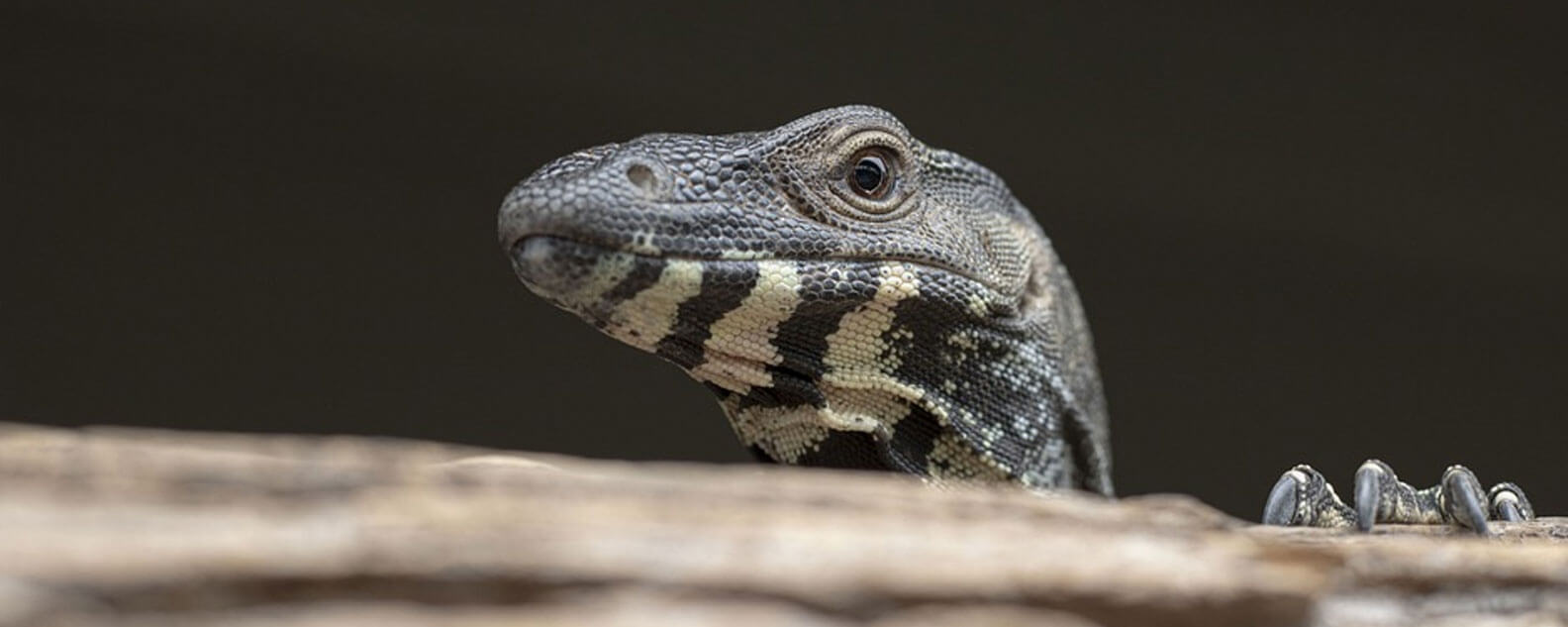We’ve built cities and farms where forests used to be, invented cars and electricity, made a lot of pollution and taken a lot of water for ourselves. Some animals are already showing adaptations to survive these changes so they can live beside us.
Scientists have found that birds living in cities and towns have changed the volume and pitch of their calls so that they can be heard over the sound of cars and busy city life. Calls and songs are important for birds because they use them to mark their territory, alert others to danger, and attract mates.
In some cases, they have learnt new human sounds to add to their calls, like the magpie i the video below:
Australian magpie mimics emergency siren during NSW bushfires
Other animals, like Common Brushtail Possums, have been able to live in cities by changing their diet to eat many different things. They have evolved to be bolder and more comfortable amongst humans, buildings and cars.
Possums at Hyde Park, Sydney
Peppered moths have even developed an adaptation to pollution! Check out the video below to learn more:
Story time: A very special moth
If humans keep changing the environment though, some plants and animals won’t be able to keep up and adapt fast enough. We need to adapt OUR behaviour so we can help THEM survive.
Watch this video to discover why biodiversity is important and what we can do to save our planet.
How to save our planet
Scientists in some situations, are helping animals and plants adapt…
Cane Toad Sausages
Cane toads were introduced to Australia by humans. This was a terrible mistake as they are poisonous and native animals die if they eat them. However, scientists are feeding cane toad sausages to the native Northern Quoll… this makes them ill but doesn’t kill them. They then learn to avoid cane toads altogether!
Northern quoll threatened by cane toads
Breeding heat-resistant corals
Scientists are breeding corals in labs that can survive higher temperatures. They are then placed back into the reef to grow and breed with other corals. Scientists hope this will help coral reefs survive in seas that are getting warmer.
Breeding coral
You can help too!
Instead of animals trying to adapt to lots of plastic in their environment, you can make sure it isn’t there in the first place. Don’t drop your rubbish. Also, pick up any that you see on the ground.
You can help provide animals like birds and possums with food by planting native plants at your school and home. Then they don’t have to adapt to eating whatever they can find.
Remember, animals and plants can’t adapt quickly to things like increasing temperatures. If it is really hot, you can help them by putting out a dish of water to help them get a drink and cool down.
What else could you do?
Activities: Adaptations in a changing world
1. Design and build a watering system
Not all plants have adaptations to dry, hot environments like Paper Daisies. Australia has been experiencing extreme heat waves and droughts lately.
Design and build a watering system with recycled plastic bottles that will help get water down to the roots of the plants at your school (hint: there are lots of good ideas on the internet to help you!).
Install it in a garden and look after it so you can help your school’s plants and monitor its effectiveness.
2. Design the future Wollemi Pine
It’s the year 4020 and the Wollemi National Park has changed. It has become really hot and dry. There are feral camels eating any plants they can get their teeth into.
What adaptations do you think the Wollemi Pine should have in this future environment? Draw and label your future Wollemi Pine.
3. Join Climate Watch
Help scientists monitor changes to the behaviour of plants and animals, join Climate Watch.
